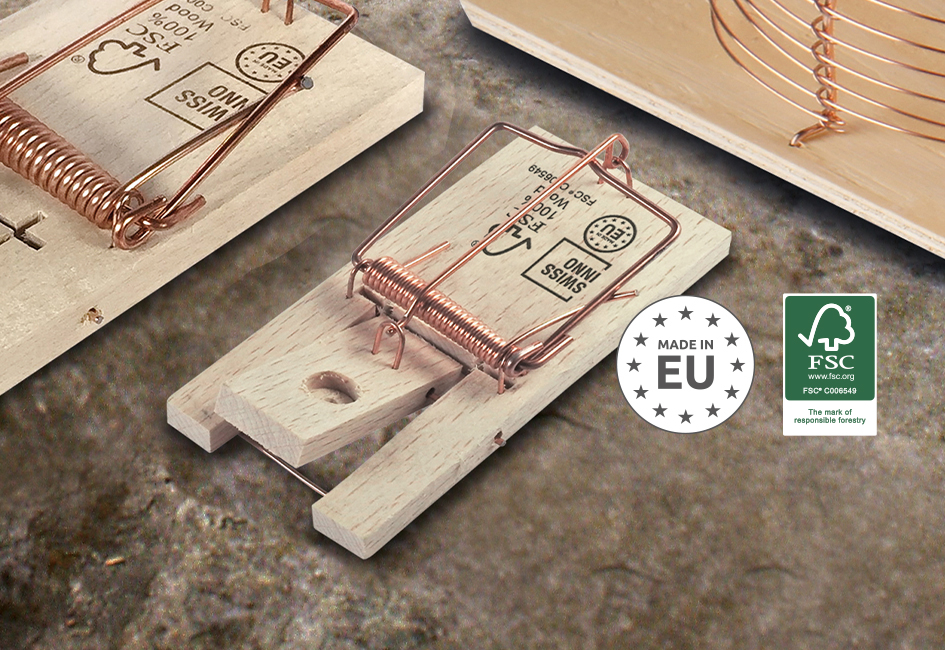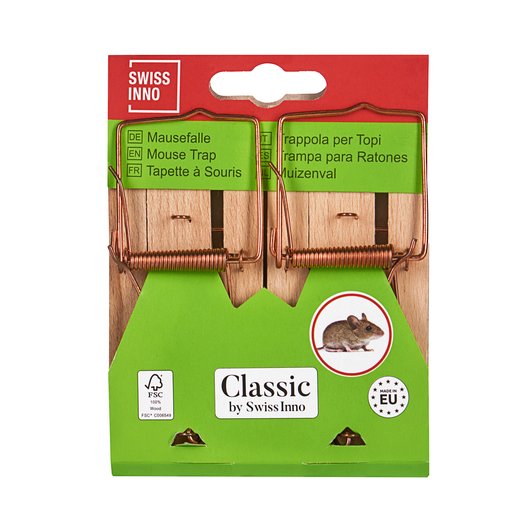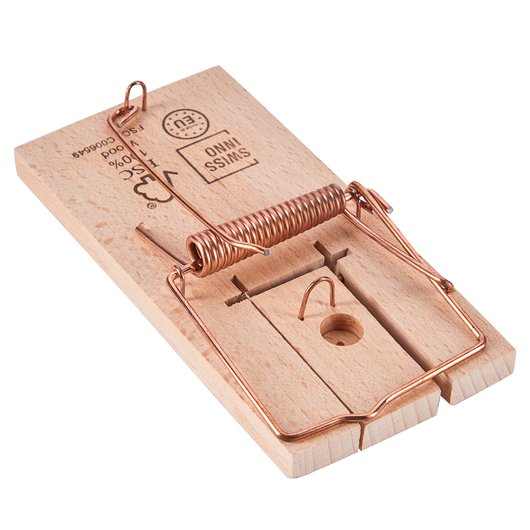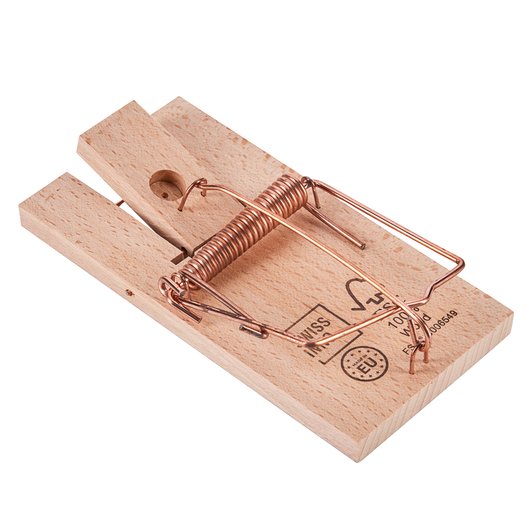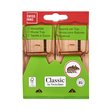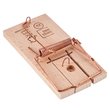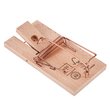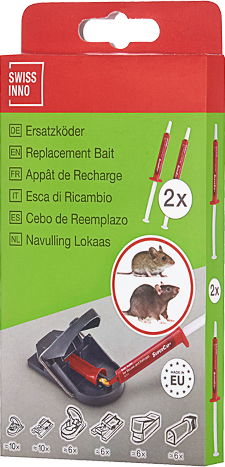- Buy now
- Knowledge Center
- Products
- Mouse
- How to catch aliveHow to trap
- Mousetrap PRO SuperCat
- Electronic Mouse and Rat Trap SuperCat

- Mousetrap SuperCat
- Mousetrap No See No Touch
- FSC® Wood Mousetrap SuperCat
- Wood Mouse Trap classic
- Catch Alert Connect SuperCat

How to repel- Rodent Stop Steel wool
- Mini Ultrasonic Rodent Repeller
- Battery Ultrasonic Rodent Repeller
- Ultrasonic Rodent Repeller
![[Translate to EN:] [Translate to EN:]](/files/pics/7/2/csm_Mouse__860x586px_4295e63b71.jpg)
- Rat
- Mole & Vole
- Mammals
- Fly & Mosquito
- Other insects
- MothCockroachWasp
![[Translate to EN:] indian-meal moth on oatmeal [Translate to EN:] indian-meal moth on oatmeal](/files/pics/b/6/csm_indian-meal-moth-on-oatmeal_low_659108f917.jpg)
- Slugs
- How to blockHow to trap
![[Translate to EN:] Schnecken [Translate to EN:] Schnecken](/files/pics/5/f/csm_Slug__860x586px_da4b2d7f83.jpg)
- Birds
- Smart BirdsPigeonAll birds
![[Translate to EN:] Vogel [Translate to EN:] Vogel](/files/pics/8/9/csm_Bird__860x586px_273b7ffaf9.jpg)
- Mouse
- Contact
- Download
![[Translate to EN:] Ratten [Translate to EN:] Ratten](/files/pics/0/9/csm_Rat__860x586px_e3e988d139.jpg)
![[Translate to EN:] Maulwurf [Translate to EN:] Maulwurf](/files/pics/2/e/csm_Mole__860x586px_d43e7e8948.jpg)
![[Translate to EN:] Marder [Translate to EN:] Marder](/files/pics/d/6/csm_Marten__860x586px_7508da5714.jpg)
![[Translate to EN:] Fliege [Translate to EN:] Fliege](/files/pics/a/d/csm_Fly__860x586px_66c70bb32f.jpg)

